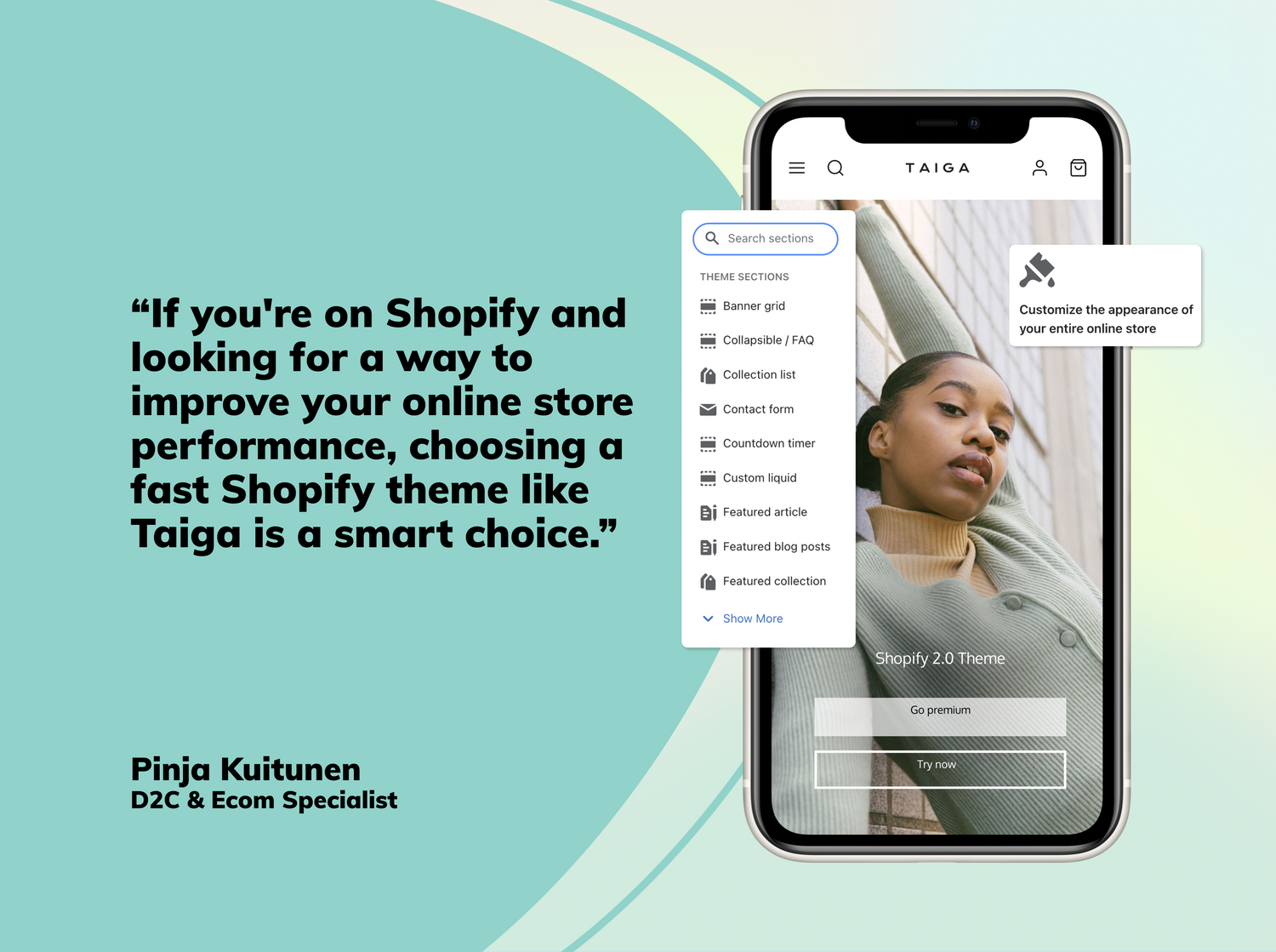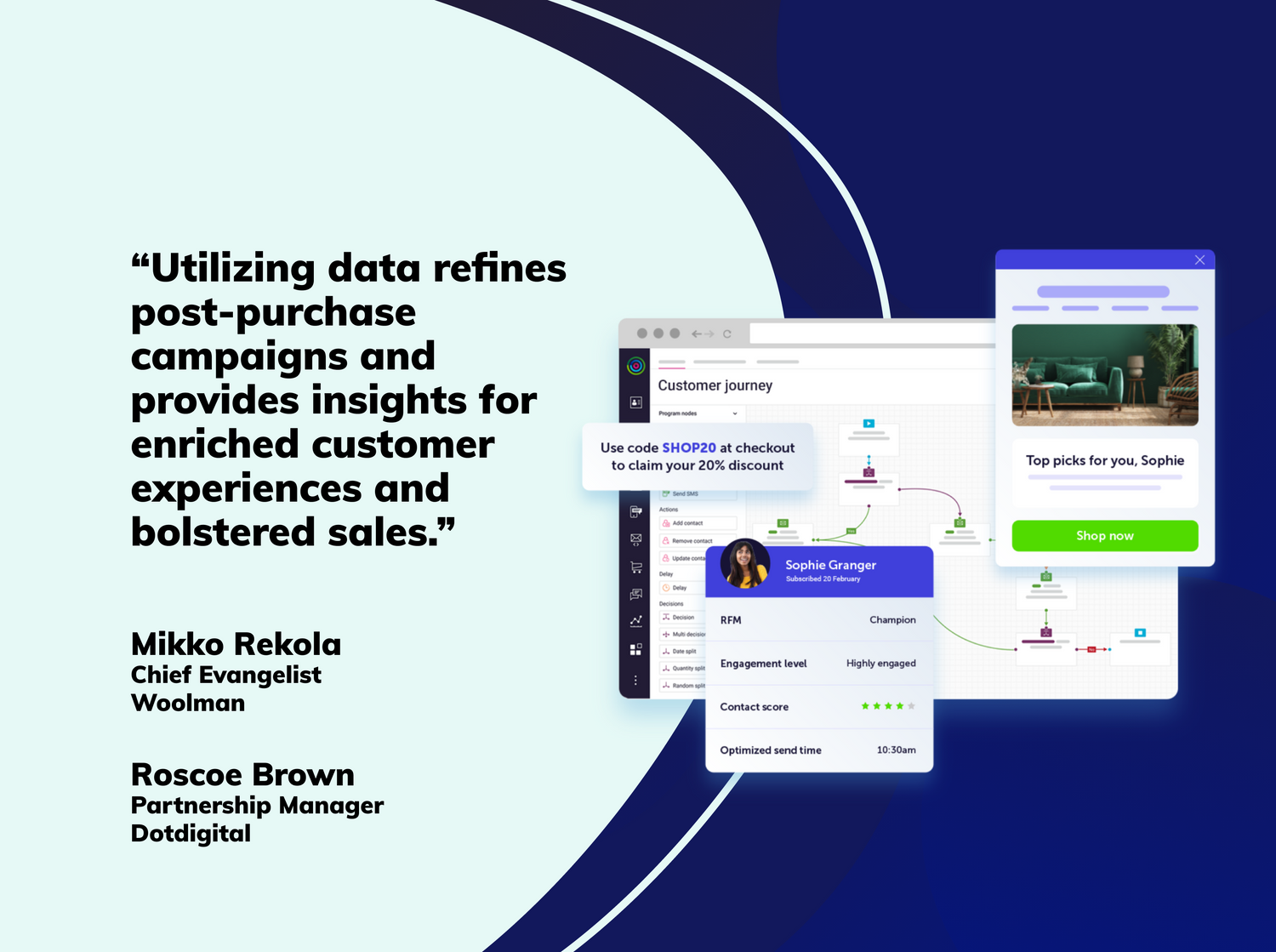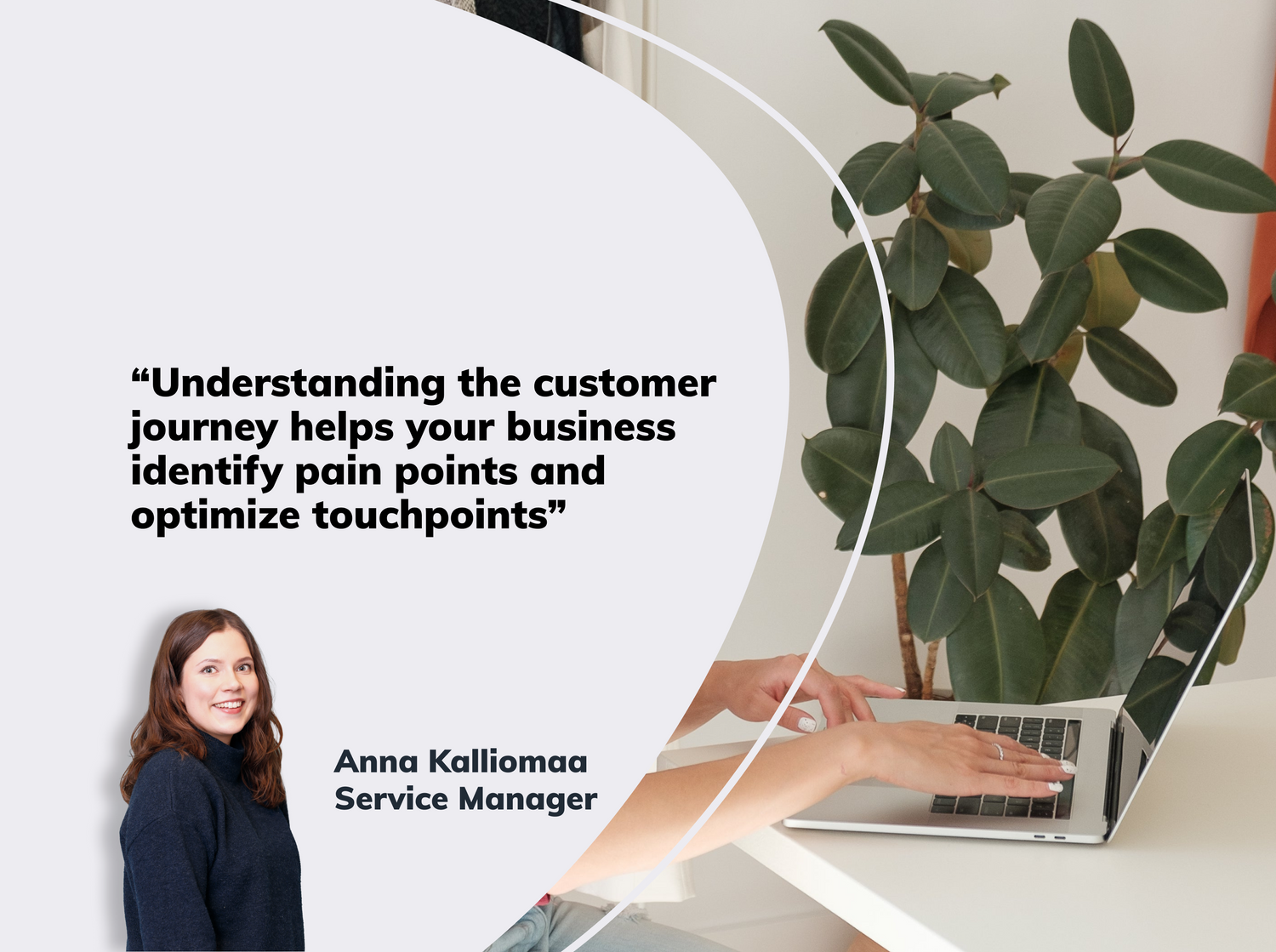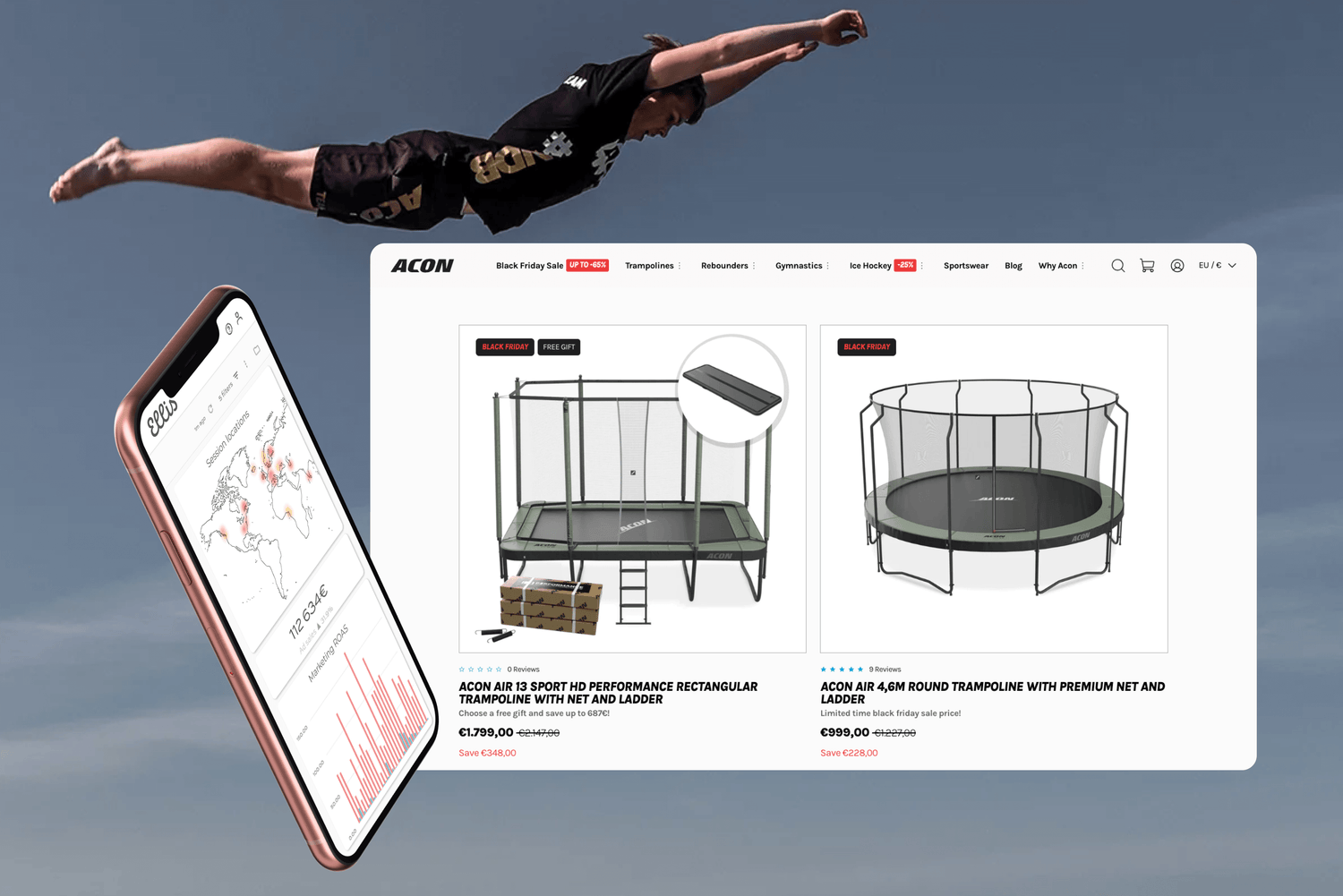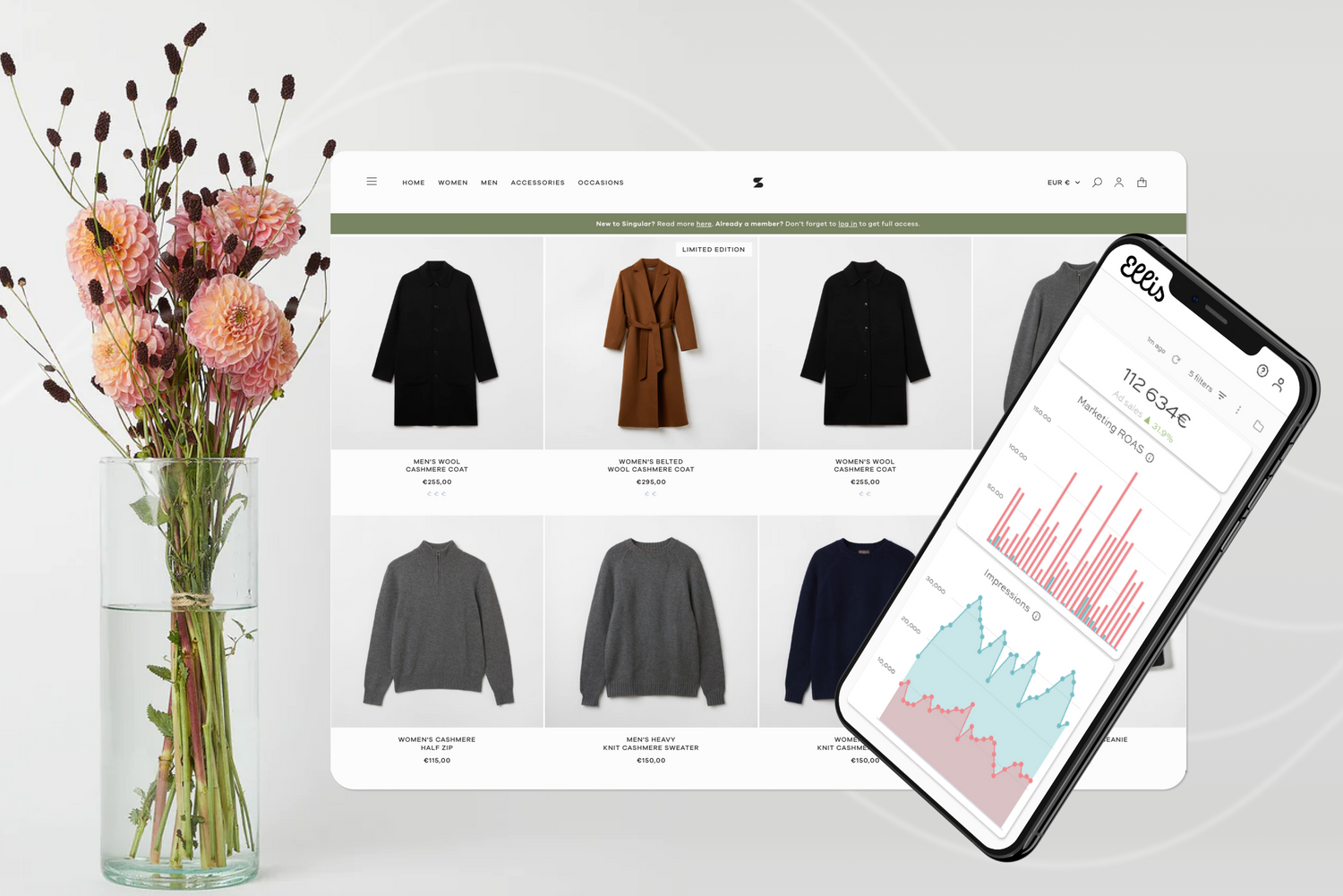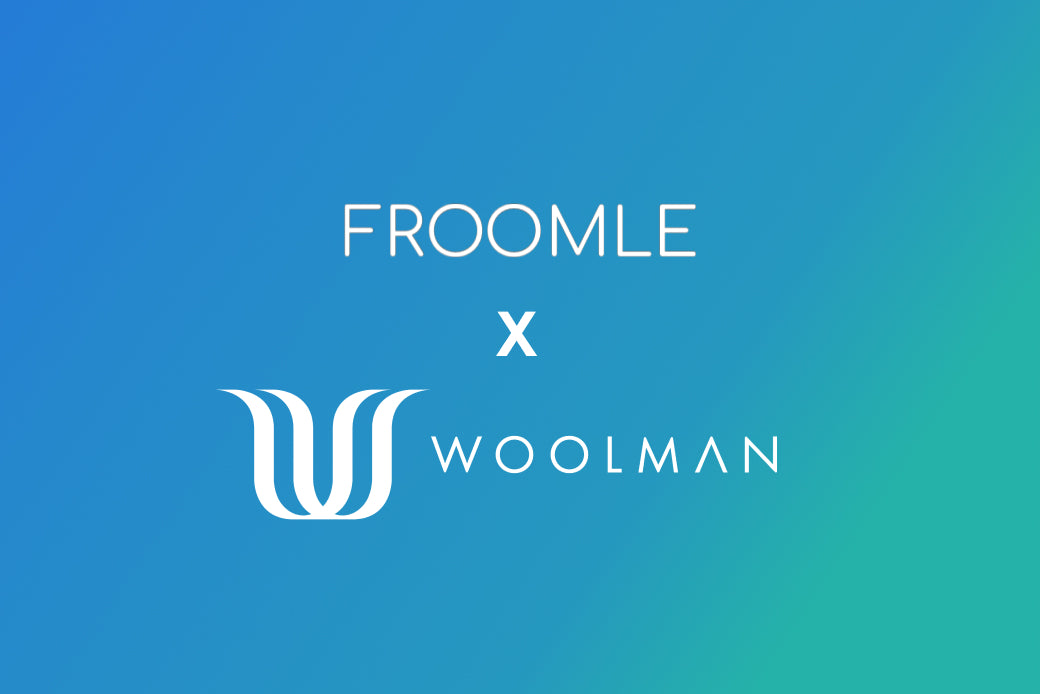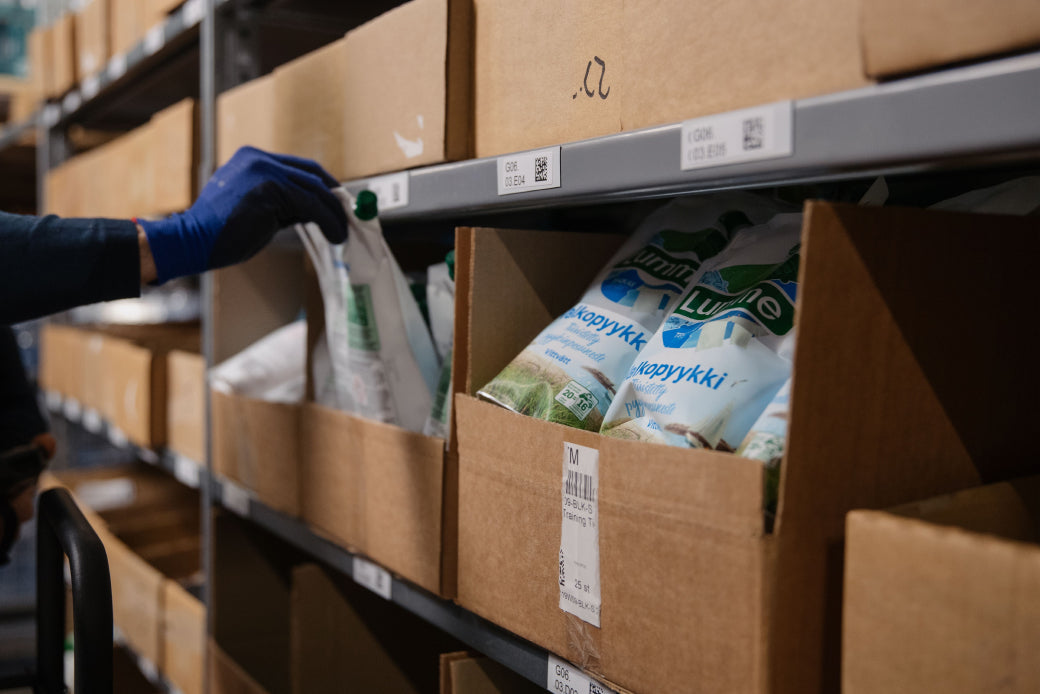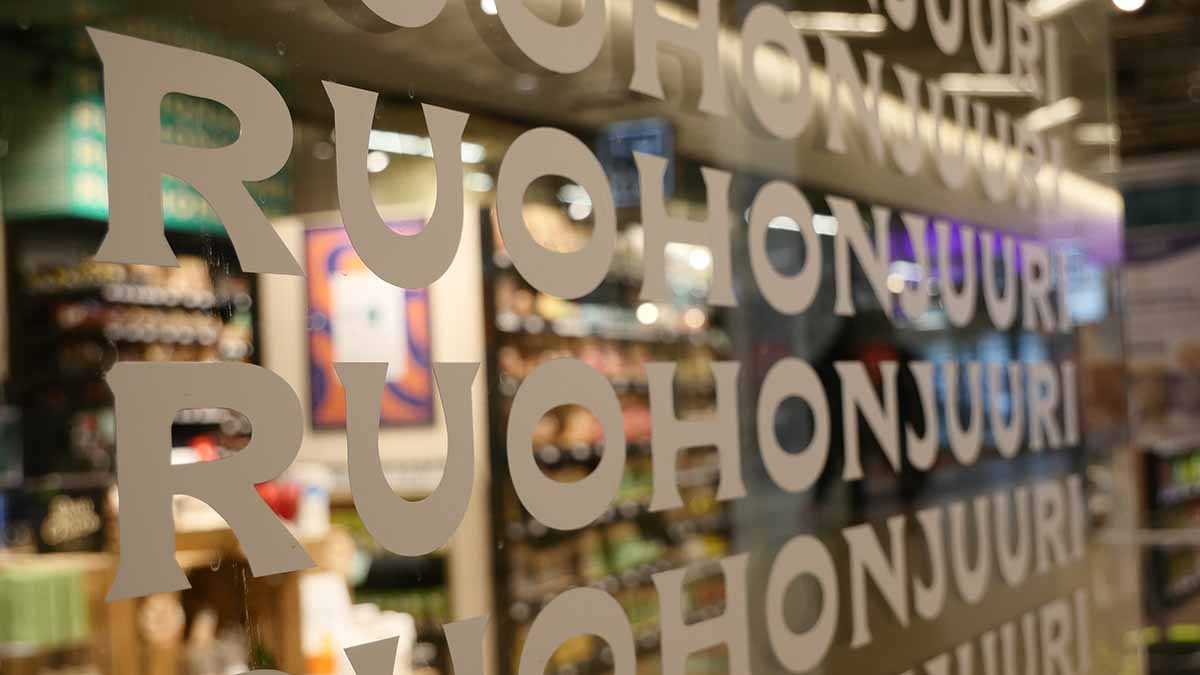
The world we live in is currently experiencing a decade of major uncertainty and global urgency. The human rights issues, environmental, climate and raw material crises are directly impacting online shopping. We at Woolman have started a journey where we ponder questions such as why is responsibility meaningful or what means responsibility in the e-commerce world. In that matter, we are indeed trying to understand the choices brands are making and the choices they should be making, and how can we affect directly or indirectly. Brands have a huge role to play in this. Assessing the impact they could have, how to communicate about it, and how to measure their responsibility is fundamental.
Woolman knows how to do growth and profitably, and now we are starting the journey to help brands with sustainability. Fortunately, we are not alone in facing this big challenge and systemic change, Shopify's world and its many actors are already moving on this. Services and applications that lead towards a more responsible online store are already existing and available to anyone. We're exploring them - hop on board!
How does Shopify help the environment?
When searching for “Sustainability” into Shopify’s app store, 135 results appear among which around half have really a true sustainable aim. Proof that the e-commerce world has finally understood the urgency, around 5 apps aimed to help merchants run a more sustainable business are released every month on Shopify app store, 3 new ones only last week.
In order for you to see clearer into this, we have been able to categorize the existing solution within 6 categories:
- Compensate the carbon footprint impact of your shipments
- Donation
- Reduce returns
- Accessibility
- Story-telling
- Connected selling channels for green businesses
1. Compensate the carbon footprint impact of your shipments
Shopify counts an endless amount of apps that will help you calculate the carbon footprint of your shipment and offer the customers to pay extra to compensate it or offer the merchant to do that directly.
A major sign of the importance of that topic for Shopify’s ecosystem is that Shopify recently released their own app called Planet for merchants to make their shipments carbon-neutral, communicate about it with their customers and help fund cutting-edge carbon removal projects. Interesting fact about those funded projects is that the Shopify Sustainability Fund has been committed to more than $30 million for those same projects.
As an alternative to it, we can mention the very popular EcoCart app that allows the customers to make their order carbon-neutral. In that case, it is the final customer that has the power and has the choice to pay extra or not to make their order carbon-neutral.

2.Donation
Within that category, the Shop for Good app is definitely a mastodon of its category. On its own, it offers 7 different ways of doing donation, all proven to improve conversion. The merchants can choose to give themselves with a portion-of-sales campaign or encourage the customers to give with a donate-for-discount campaign or a round-up campaign. You only need to pick a non-profit, pick a campaign and launch.
Alternatively, many apps on Shopify offer you a bit more concrete approach. They will help you plant a tree for each order you make and communicate it to your customers. The best app in this category is definitely Sprout, which work seamlessly with all Shopify latest releases: latest themes, Shopify Markets, POS, and Geolocation app.
3.Reduce returns
Reducing returns is key on many levels for a business owner. A high return rate is toxic for everyone: unhappy customers, unnecessary carbon emissions and money loss for the merchant. Therefore, at Woolman thanks to our data platform Ellis, you can track returns, emissions, and analyse product sustainability. This allows our customer to adopt ESG as a competitive advantage while enabling better financial terms. Get in touch with us to learn more about Ellis and its capabilities!
Among the apps that can help you minimize the returns, is a very interesting concept by EcoReturn who offer customers monetized incentives to not return a product. Keepoala can also be mentioned as they offer a whole loyalty program based on encouraging customers to not return products.
Finally, reducing returns can also pass through better informing customers about what size they should pick. A good tip for it could be to simply display the mensurations of the models on the product pages and what size they are wearing. The good old size charts asking the customers to take their own measurements are definitely not helping. Instead, try for example Fit Quiz. It will ask customers questions such as “How would you best describe your chest?” and based on that recommend them the best size for them. Finally, reviews are always a good way to help customers pick a size, and we can never recommend too much the app Yotpo giving information about if an item “fits a bit bigger” based on other customers’ review.
4.Accessibility
The good news on this topic is that all the themes listed on Shopify theme store must follow these accessibility requirements:
- All parts of a page must be keyboard accessible
- Form input elements must have labels with for attributes
- Themes must be built with valid HTML
- Must output image.alt for all product images
- Tested color contrast
- Visible focus order must match DOM order
- Touch target size 44x44px minimum
However, if you have done custom front-end development without being accessibility conscious, you might not be compliant anymore. Therefore, some apps are here for you such as Accessibility. However, those apps are usually very expensive and quite heavy for the stores, so we recommend applying accessibility best practices while doing customizations in the first place.
5. Story-telling
When your brand and products have a story & a purpose, you need to say it out load on your store. And for that the first solution is to pick a theme that gives a large place to story-telling.
If you want to go deeper into it and have more specific information to display, some apps can help you. We can recommend for example Rootip, who will give you the possibility to add story cards to your store but also maps with value-chain visualization or suppliers connection and transparency trackers.

6.Connected selling channels for green businesses
Finally, if you are selling sustainable products, are struggling with visibility, and would like to sell to a broader audience you can not yet reach, Shopify can connect you to many other sales channels where people would be very happy to sell your green products for you.
Among them, we can mention the platform Vgang which very interestingly took advantage of the ugly dropshipping model to make it a beautiful way of giving more visibility to worthwhile businesses. Even better than that, there are no set-up fees nor commissions for suppliers!
If you are selling in the UK and French markets sustainably made products, it might be worth looking into the marketplace Partage. They have a standard integration to Shopify thanks to an app and can be a nice additional sales channel to have on top of your Shopify store.
We are here to help
Thank you for reading through our recap of the existing sustainable tools available on Shopify ecosystem. As said, this is a journey we can, and we should all walk forward together hand in hand. We will keep an eye open and inform you about the latest trends and useful tool. Get in touch with us if you would like to know how can Woolman help you further!
Written by Clémentine Gomez



